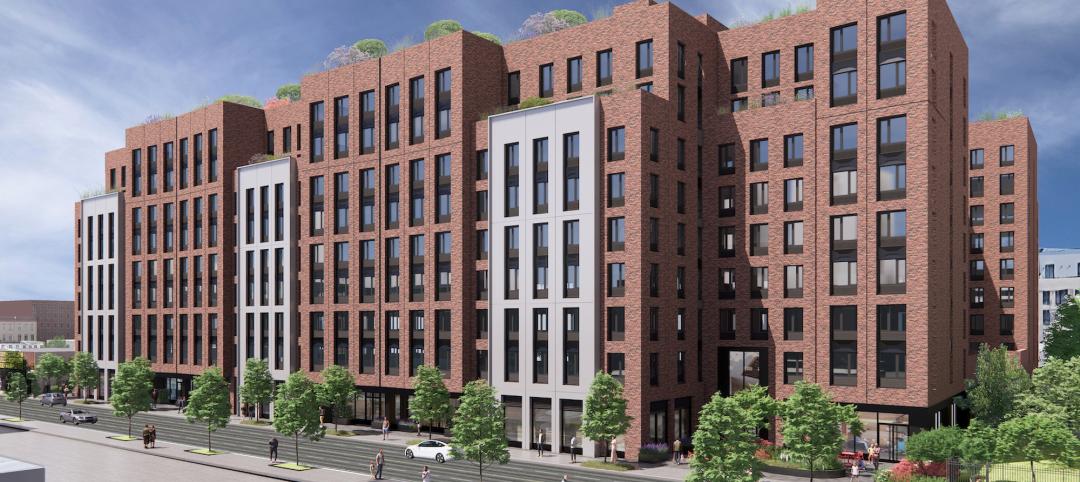Susan Cain’s best-selling Quiet is well-researched, thoughtful, and detailed in its understanding of workplace dynamics. In the four years since the book’s publication, writers have used Quiet to advance arguments about how best to plan office space.
Just this month, The Economist posted an essay about the dominance of extroversion in corporate culture and New York magazine reported on new research from Australia about weak social ties within shared workplaces. Both articles cited Cain’s book in support of advocating for the return of the private office.
Open plan vs. balanced offices
No question: Quiet leveled many criticisms about “the open plan” and called attention to the reality that places to recharge are absent in a lot of workplaces. But in the book, Cain explicitly argues for a balanced workplace:
"We need to create settings in which people are free to circulate in a shifting kaleidoscope of interactions, and to disappear into their private workspaces when they want to focus or simply be alone."
Does the phrase “their private workspaces” mean dedicated offices? Or can it include space designed to support concentration that happens to be open to everyone? We consistently recommend that workplaces share collaborative spaces and quiet, private spaces—the full mix of which serves introverts and extroverts alike.
Workplaces of the future will have it all
Today’s most progressive workplaces tend toward activity-based work with distinct zones to support the varied activities that make up workdays. Clear design cues distinguish each setting, and every employee has equal opportunity both to engage in those kaleidoscopic interactions and to access spaces for being alone with their thoughts.
For the original blog post click here.
More from Author
CannonDesign | Jan 3, 2024
Designing better built environments for a neurodiverse world
For most of human history, design has mostly considered “typical users” who are fully able-bodied without clinical or emotional disabilities. The problem with this approach is that it offers a limited perspective on how space can positively or negatively influence someone based on their physical, mental, and sensory abilities.
CannonDesign | Oct 23, 2023
Former munitions plant reimagined as net-zero federal workplace
The General Services Administration (GSA) has embraced adaptive reuse with Building 48, an exciting workplace project that sets new precedents for how the federal government will approach sustainable design.
CannonDesign | Aug 22, 2023
How boldly uniting divergent disciplines boosts students’ career viability
CannonDesign's Charles Smith and Patricia Bou argue that spaces designed for interdisciplinary learning will help fuel a strong, resilient generation of students in an ever-changing economy.
CannonDesign | Jul 10, 2023
The latest pediatric design solutions for our tiniest patients
Pediatric design leaders Julia Jude and Kristie Alexander share several of CannonDesign's latest pediatric projects.
CannonDesign | May 11, 2023
Let's build toward a circular economy
Eric Corey Freed, Director of Sustainability, CannonDesign, discusses the values of well-designed, regenerative buildings.
CannonDesign | Apr 10, 2023
4 ways designers can help chief heat officers reduce climate change risks
Eric Corey Freed, Director of Sustainability, CannonDesign, shares how established designers and recently-emerged chief heat officers (CHO) can collaborate on solutions for alleviating climate change risks.
CannonDesign | Mar 9, 2023
5 laboratory design choices that accelerate scientific discovery
Stephen Blair, director of CannonDesign's Science & Technology Practice, identifies five important design strategies to make the most out of our research laboratories.
CannonDesign | Feb 9, 2023
3 ways building design can elevate bold thinking and entrepreneurial cultures
Mehrdad Yazdani of CannonDesign shares how the visionary design of a University of Utah building can be applied to other building types.
CannonDesign | Jan 9, 2023
How modular solutions can help address skyrocketing construction costs
Modular builder Joshua Mensinger details three ways modular solutions aid in lowering construction costs.
CannonDesign | Dec 9, 2022
What's old is new: Why you should consider adaptive reuse
While new construction allows for incredible levels of customization, there’s no denying that new buildings can have adverse impacts on the climate, budgets, schedules and even the cultural and historic fabrics of communities.
















